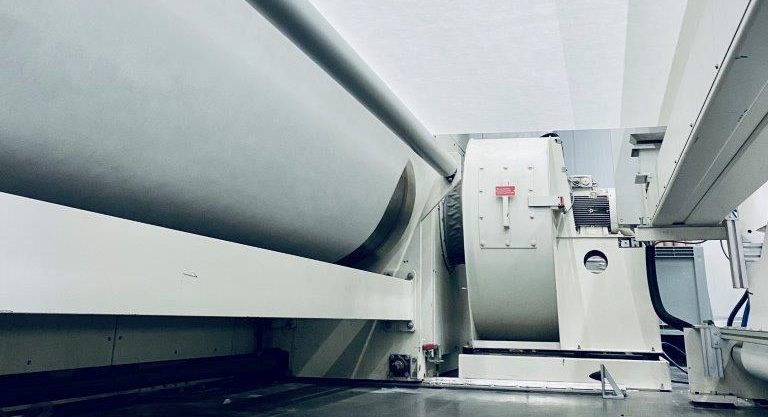At our plant, nonwoven bonding takes place using various technologies. In thermal stabilization using the thermofusion process, thermoplastic fibers with various melting points are stabilized using hot air. The fibers melt and bond with each other. In the thermobonding process, this is accomplished via heat and pressure. Here, the individual fibers are bonded at intervals between heated calendar rollers. The calendar rollers can be engraved or smooth, producing differing surface textures on the nonwoven material.
We also make use of chemical stabilization processes. Here the fibers are stabilized using binding agents, which themselves have various characteristics and effect the features of the nonwoven material accordingly. If the fibers are swirled and fixed using focused, high-pressure water jets, a process known as hydroentanglement, this is referred to as spunlace nonwoven material. This fourth process for nonwoven stabilization has been in use at our facility since 1997.





